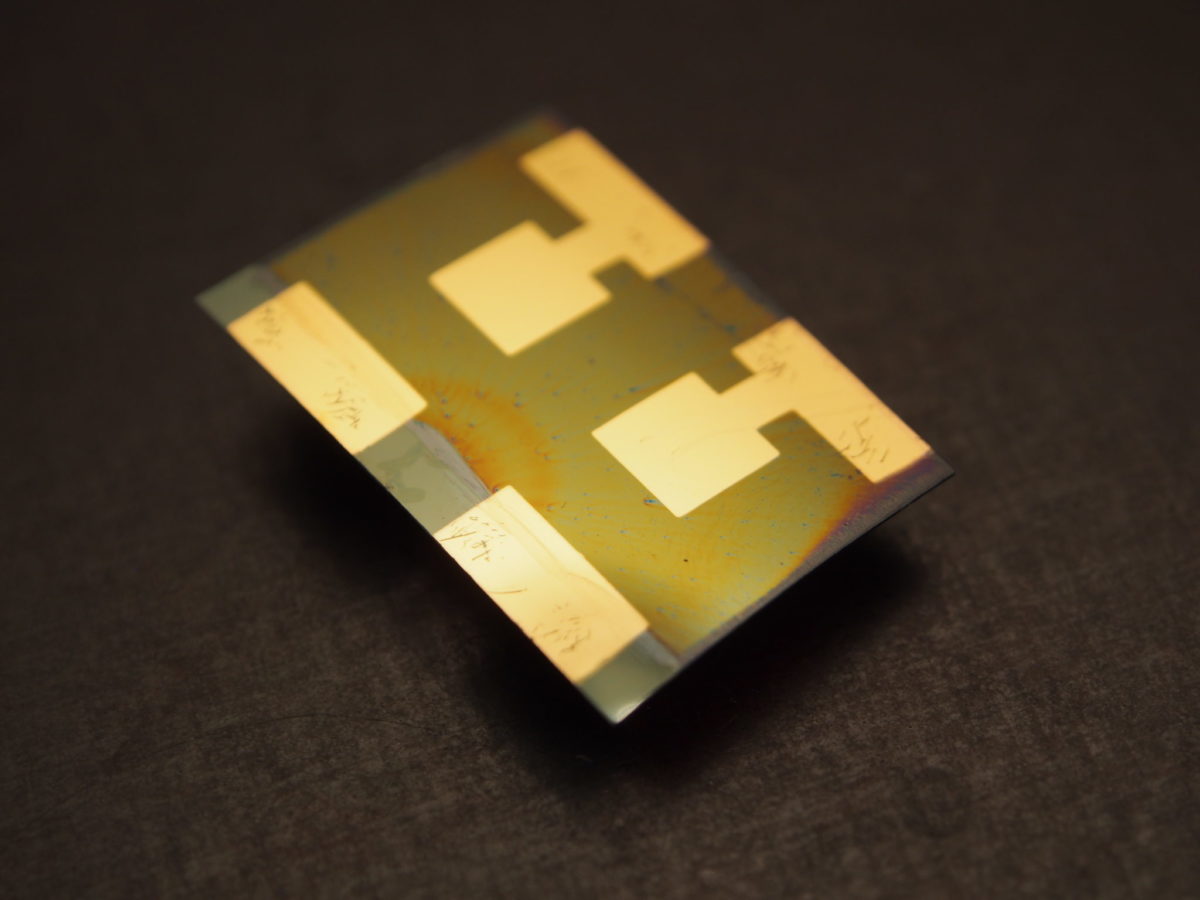From pv magazine global
An international research group has assessed what levels of efficiency and stability perovskite solar cells have to achieve to become an economically viable technology to compete with crystalline silicon cells in the rooftop segment.
“The weight of photovoltaic modules drives up costs for installation, transportation, and labor,” Michael Saliba, the research lead author and director at the Institute for Photovoltaics at the University of Stuttgart, told pv magazine. “Utilizing lightweight, high-performance perovskite modules can lower these costs and open a new market in which perovskites are a competitive option.”
The scientists assessed the necessary lifetime (LT) of a perovskite module, which they defined as the time until a module has 80% of its initial efficiency, as a function of efficiencies to be competitive in the levelized cost of electricity (LCOE).
They found that perovskite solar modules might need to provide 20% efficiency for at least 36 years, or 25% efficiency for a minimum of 21 years, if they want to compete with conventional PV panels.
“This demonstrates that even with the significantly lower production costs of perovskites, it is challenging to become competitive with silicon, mainly because of the low LT of current perovskite solar cells and the limited experience with perovskite module stability,” said the scientists.
However, perovskite tech may have some interesting cards to play if the scientific community and the industry will become able to reduce its installation and structural balance-of-system (BOS) costs, as these usually account for around 10% of a PV system costs.
“With lightweight or flexible modules, the installation becomes significantly less arduous,” they said, noting that transport costs would be significantly lowered. “Materials costs could be reduced if simpler installation such as glueing could replace racking.”
The academics assumed a levelized cost of electricity for the United States of $0.119/kWh to $0.136/kW for residential PV systems based on conventional panels in 2021. Their estimates ranged from $0.055/kWh to $0.063/kW for the same installations in 2030.
Their analysis showed that by using flexible substrates, perovskite solar modules would need to achieve lower target efficiencies of 15% and LTs spanning from 13 to 22 years to compete with crystalline silicon in the 2021 scenario, and efficiencies of 17% and LTs spanning from 16 to 34 years in the 2030 scenario.
“This offers a wider corridor of possible combinations in which perovskites could reach the same electricity cost as silicon,” they concluded.
The scientists presented their findings in “Toward commercialization with lightweight, flexible perovskite solar cells for residential photovoltaics,” which was recently published in Joule. The group features academics from the University of Fribourg in Switzerland, Vrije Universiteit Amsterdam in the Netherlands, the University of the Basque Country in Spain, and the University of New South Wales in Australia.
This content is protected by copyright and may not be reused. If you want to cooperate with us and would like to reuse some of our content, please contact: editors@pv-magazine.com.









Good luck to replace a broken part, if it has been glued to the roof. It will simply transfer the Cost of installation to Cost of maintenance, with zero savings..